By Soledad Acuña and Natalie Seve
Amnia Lab + Imaginative Education Chile
It is April 1917, a Frenchman and two friends walk in the streets of New York, the city of the future, full of stimuli, new shapes, new colors and new sunsets. Before the end of the day they stop at a plumbing store, the J.L. Mott retail store. The Frenchman enters and buys a magnificent Bedfordshire porcelain urinal. He takes it in a taxi to his studio and places it in the middle of the room and looks at it carefully. He finally decides to turn it upside down and sign it R. Mutt. The object was almost ready, he just needed to give it a name. He chose The Fountain. A few hours ago, the urinal was an indefinite, ubiquitous piece; thanks to the action of Marcel Duchamp, it had become a piece of art.
This story reveals the most surprising change in art history of the last century. Artists stopped worrying about the material or the technique, to give importance to the idea, the concept that the artist wanted to transmit. It is a change that puts thought at the centre of the artistic process in an obvious and necessary way. But what happened to art in education? Has this change also occurred in the classroom? Everything seems to indicate that in education we remain focused on materials and on developing skills that are more about technique and not about the process of thinking and reflecting. If we really want to put the development of creative thinking at the centre of the educational process, then we should start to look more seriously at contemporary art as a tool that could help us achieve that goal.
We think that in early education, art and play are THE tools through which children learn. However, by observing educational practices more closely we see classrooms filled with images and colors with no pedagogical purpose behind them. Songs, stories, activities of drawing and trimming often fall into literality, repetition or a simple reproduction, giving very little spaces for the development of the imagination in children. In conclusion, the work with arts in early education does not contribute to the development of imagination and creativity and it is not connected with the contemporary art post Duchamp.
In addition, historically, the relationship between art and early childhood in Latin America has been full of stereotypes. We are heirs of Lowenfeld’s ideas that conceives the development of the artistic ability of children in stages, in the same way that Piaget conceives cognitive development. A child between 0 and 4 years is, according to Lowenfeld, at the stage of “scribbling”, therefore when working the arts with young children, we should expect nothing more than scribbling. As a consequence of this, in preschool education you find many proposals that are made without rigour, as educators believe that children can engage in any artistic product if it is entertaining for them. There is no intention to develop critical thinking in young children when they are working in art. Moreover it seems as though teachers don’t have time to reflect on the work and activities they propose.
Why is this happening?
Considering Chilean reality, we believe there are two main reasons. The first is that in education everything is “for now”—practices are not focused on the processes but rather focus on the results. In most cases, teachers are not familiar with the process of artistic creation. We have often asked teachers if they know any artists personally, whether they have visited an art studio or a theatre rehearsal room, and often none of them have. Working with the arts takes time and also involves a process we cannot ignore.
As an answer to this problem Amnia Lab emerges with a proposal that rescues artistic practices for early childhood from misconceptions about the emotional, physical, intellectual and spiritual needs of children; our proposal widens the “infantilized” perception that we often have of children. The vision of Amnia Lab connects very well with Imaginative Education (IE). IE provides teaching frameworks that tap into and develop our emotions and imaginations with cognitive tools. For us, employing the tools of the body and of oral language—developing what in IE is called somatic and mythic understanding–allows us to expand the language of contemporary art for young children in a very natural way.
With Duchamp’s urinal, art also came out of the canvas (bidimensionality). In that sense, contemporary art allows interaction with the whole body better than any other kind of art. Installations that invite you to touch, to listen, even sometimes to try something, connect in a much more direct way with the entire body than Da Vinci’s Mona Lisa. The important thing for developing children as artists is to go beyond just sensations and translate these emotions into concepts. These concepts are the essence of contemporary art and can be expressed and understood through cognitive tools such as stories, binary opposites and metaphors. The artist, like children, expresses his ideas and emotions through metaphors, freeing him or herself from literality and giving a central role to the development of imagination and creativity in him and in those who interact with his work.
In order that a teacher effectively mediates his students in the discovery of an artistic process, it is essential that she/he experience these processes first. We cannot give what we do not have, and this premise also applies to early childhood art.
That is the reason why we designed a workshop: Education through Contemporary Art and Imaginative Education for Early Childhood, for teachers and also for artists because we firmly believe in the need for joint work in education. During one and a half days we invite participants to experience all the stages of an artistic creation process from a contemporary perspective. Experiencing this process they understand that an artist is not a painter locked in his tower waiting for divine inspiration, but a human being deeply connected with the problems and challenges of his time. Through the connection with contemporary art, teachers no longer see themselves as hierarchical figures with obligations to “do art”, but as a collaborative human beings, working from curiosity, collective strength and enjoyment.
For more information about AMNIA LAB, please visit www.amnialab.com
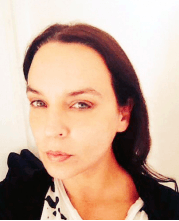
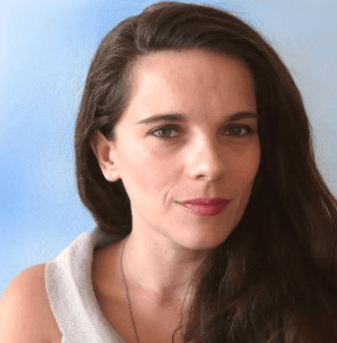
Read this document for a detailed account of the program in Spanish:
 Loading...
Loading...
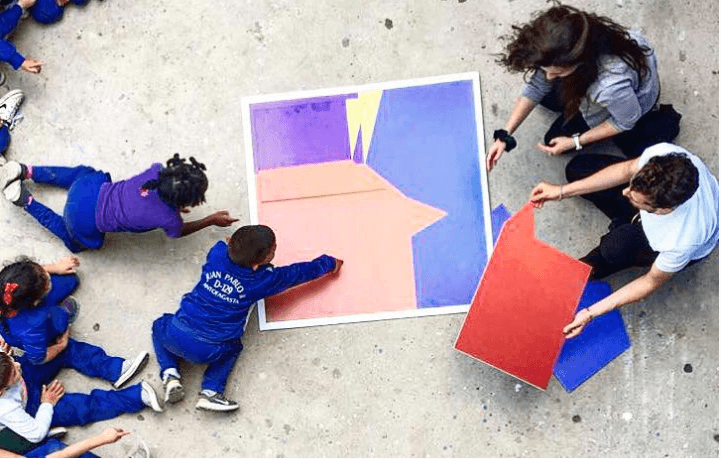
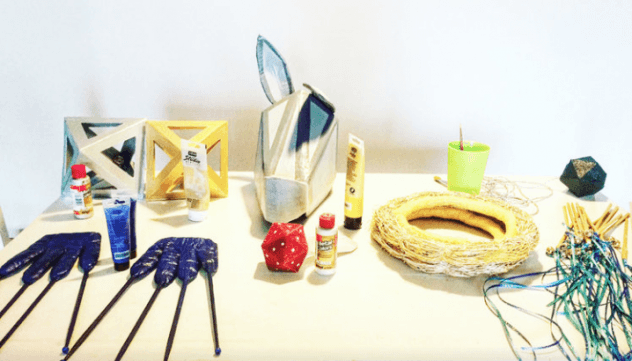
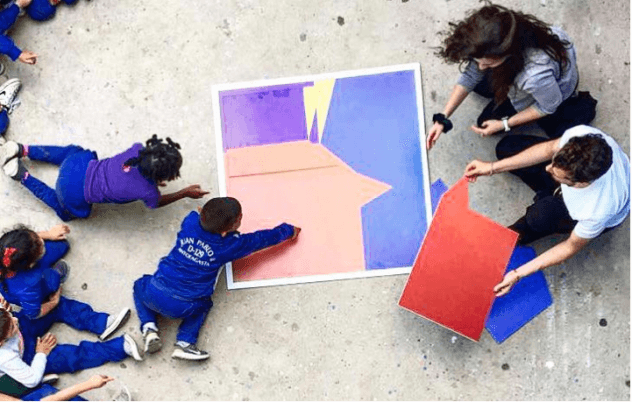
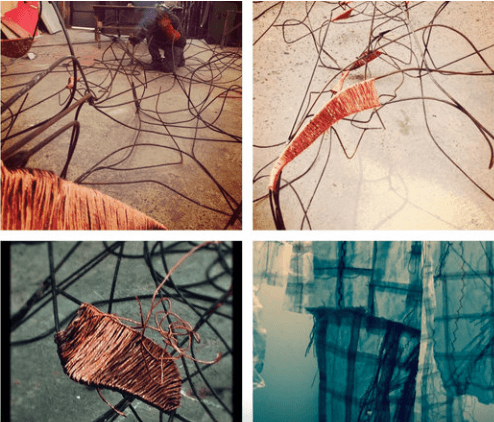

How does the workshop “Education through Contemporary Art and Imaginative Education for Early Childhood” contribute to enhancing teachers’ understanding of the artistic creation process and their role as collaborators in education?